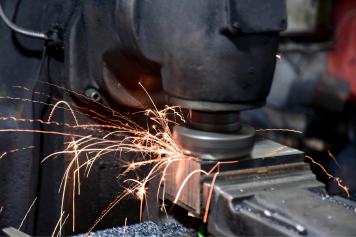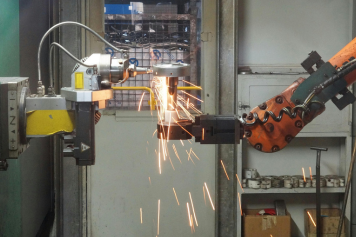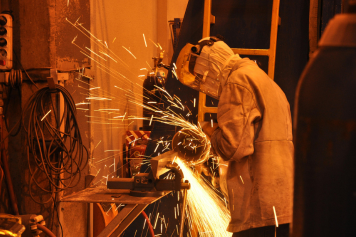Prototype development is a critical phase in our foundry’s operations, allowing us to transform innovative ideas into tangible products. This process begins with close collaboration with our clients to understand their specific needs and objectives, ensuring that the prototype aligns with their vision. Using advanced computer aided design (CAD) software, we create detailed models that simulate the final product, enabling us to identify potential design flaws early in the process. Once the design is finalized, we utilize rapid prototyping techniques, such as 3D printing or sand casting, to create physical prototypes quickly and efficiently. This allows for thorough testing and validation of functionality, fit, and performance under real world conditions. Our team of skilled engineers conducts rigorous assessments to gather feedback, making necessary adjustments before moving into full-scale production. By emphasizing prototype development, we minimize risks, reduce time to market, and enhance product quality, ultimately providing our clients with reliable solutions that meet their specific requirements and exceed their expectations. This iterative approach not only fosters innovation but also strengthens partnerships, as we work together to refine and perfect each design before final production.

Our rapid prototyping techniques enable quicker turnaround times, allowing clients to test and launch innovative products faster and more efficiently.

Utilizing advanced CAD software, we create precise models that help identify potential design flaws, ensuring the final product meets specifications.

We prioritize client involvement throughout the development process, encouraging feedback that leads to refined designs and improved end products.

Our services allow for iterative design improvements, fostering innovation and adaptability to changing market demands or client needs.

By identifying potential issues early, our prototype development services mitigate risks associated with manufacturing, enhancing overall project success.

Our prototypes undergo rigorous testing to ensure functionality and performance, giving clients confidence in their designs before production.
Our prototype development process is designed to transform innovative concepts into functional products through a structured and collaborative approach. It begins with an in depth consultation to understand our client's goals, specifications, and application requirements. Using advanced computer aided design (CAD) software, we create detailed 3D models that accurately represent the final product, allowing for comprehensive visualizations and early identification of potential design flaws. Once the design is approved, we move into the prototyping phase, employing techniques such as 3D printing or sand casting to create physical prototypes quickly. This hands on approach enables rigorous testing and validation, ensuring that the prototype performs as intended under real world conditions.
Thermal and mechanical testing is a crucial component of our quality assurance process at our foundry, ensuring that all components meet the highest standards of performance and reliability. Thermal testing evaluates how materials behave under varying temperature conditions, helping us to determine their thermal conductivity, expansion, and resistance to thermal fatigue. This information is vital for applications in extreme environments, such as aerospace and automotive industries, where temperature fluctuations can significantly impact performance. Mechanical testing, on the other hand, assesses the material's strength, ductility, hardness, and fatigue resistance, providing insights into how components will perform under stress and load. We utilize advanced testing methods, such as tensile tests, impact tests, and hardness tests, to gather comprehensive data on each material's mechanical properties. By conducting these rigorous evaluations, we can identify any potential weaknesses and make informed decisions about material selection and design modifications.